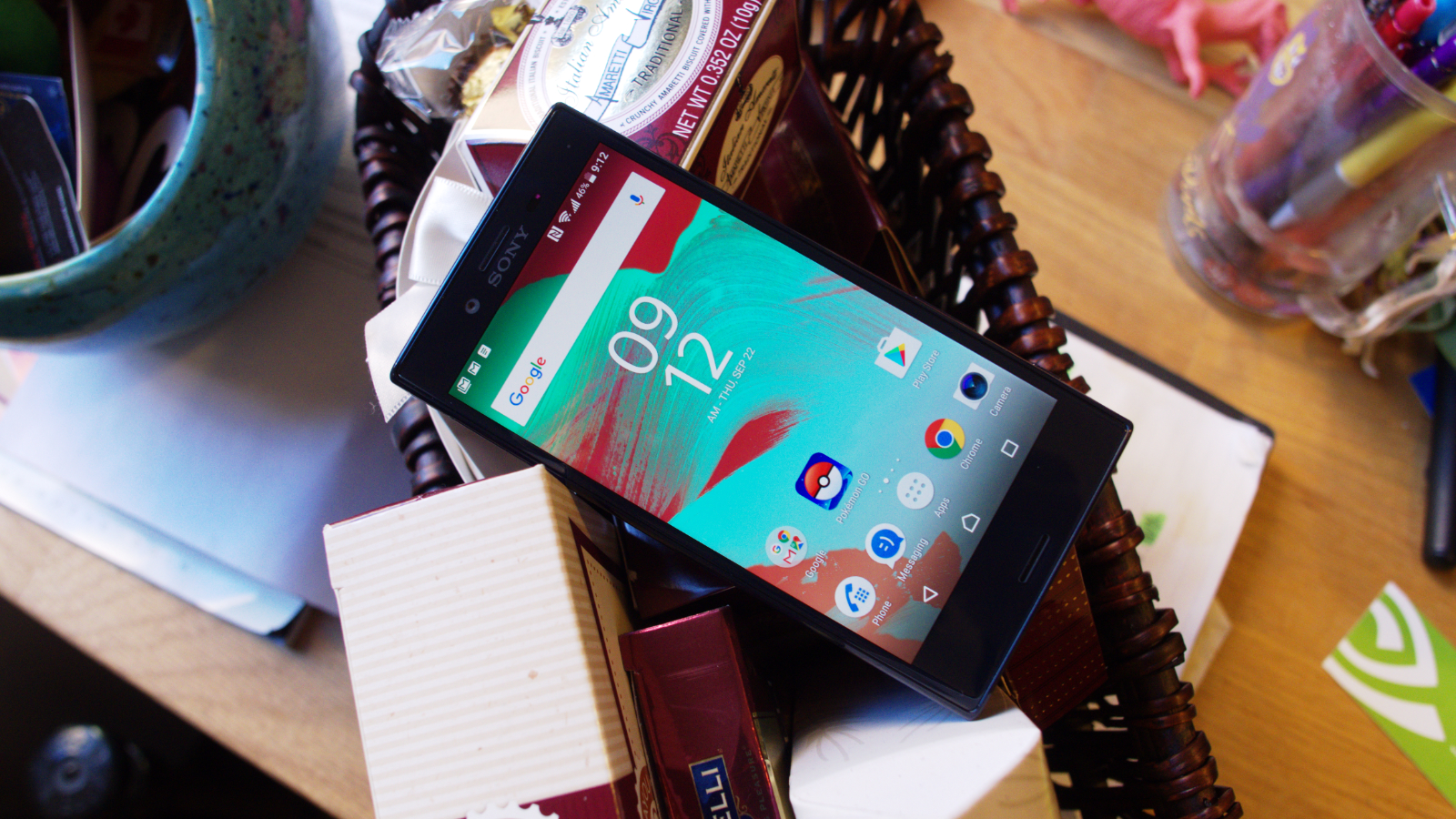TechRadar Verdict
Sony's X Compact is the best-looking yet in the small range. However, the quest to attract more eyes brought about a few too many sacrifices. Compared to the Z5 Compact, it's a slightly underpowered and fragile offering.
Pros
- +
Stellar design that fits in one hand
- +
3GB RAM boost and USB-C are nice additions
Cons
- -
CPU performance lacking
- -
Isn't waterproof
- -
Too expensive
- -
No fingerprint sensor in US
Why you can trust TechRadar
Update: Sony's smaller X-series phone may not have been what we hoped it would be, but thankfully it has gotten better over time thanks to the update to Android Nougat.
This brings the enhanced Doze mode to users, which will save battery during the day, too, instead of just at night. You'll also be able to split windows to essentially use two apps at the same time.
With Android O about to release, small phone fans will be happy to know that we've recently heard via Slash Gear that the X Compact will receive the update.
Given that this phone is an excellent choice if size matters, we've added this phone to our specialized list of best compact phones. You'll find it in good company with the best of Samsung and Apple.
Lastly, we've compiled the best Sony Xperia X Compact deals right here.
Original review follows below.
The Sony Xperia X Compact stands for something good. It's a small phone in a world dominated by palm-stretching phablets. Like the iPhone SE, Sony's latest is aimed squarely at the people who don't want to let go of the miniature form factor.
In a market full of devices that look nearly identical to each other, Sony's X Compact also has a style of its own, refined as ever, and a surprisingly long list of features for a phone its size.
But for all that it is, the Sony Xperia X Compact isn't the cheapest or the fastest phone you can get your hands on. Heck, last year's Sony Xperia Z5 Compact houses a slightly faster processor and is now the cheaper, waterproof option that the X Compact isn't. Once outside of the Sony realm, you'll find much even more deals on an unlocked Android phone that can run laps around it.
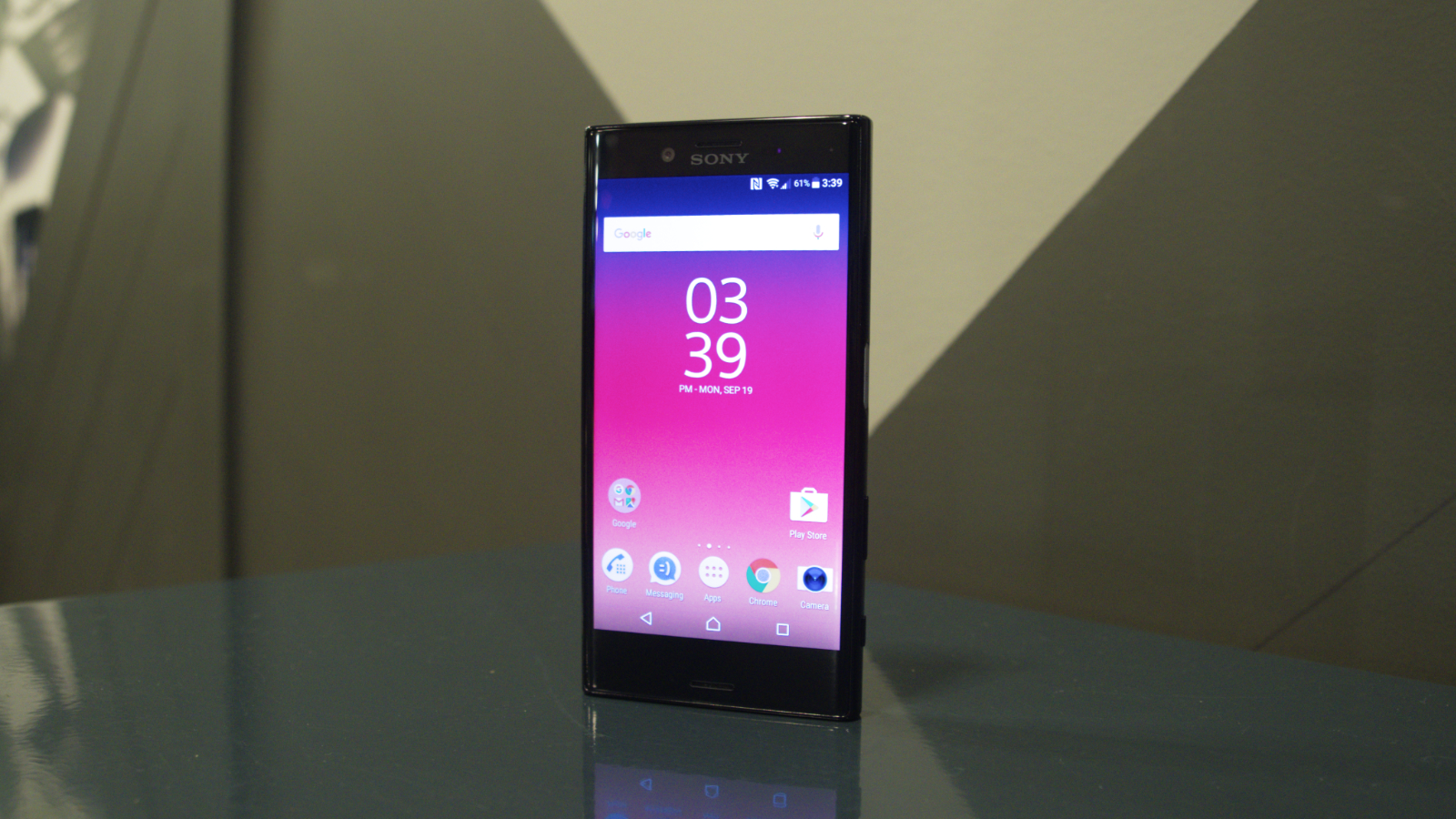
So, what do we make of the X Compact? If you can overlook the high asking price of $499 (£359, not currently available in the AU) there's a good phone waiting for you on the other end.
For everyone else, the X Compact requires too much sacrifice. It's a refreshing take on the modern smartphone, but serves as a reminder that size, whether big or small, isn't everything.
Sony Xperia X Compact price and release date
- Costs $499 in the US and £359 in the UK starting September 25
- GSM network compatible, so only on AT&T and T-Mobile in the US
Sony's smaller device has launched unlocked for GSM networks in the US and UK for $499 and £359, respectively. That's $100 more than the baseline iPhone SE and the same price as the larger, FHD screen-packed Nexus 6P.
Previously, Sony's smartphone offering was more ingrained in the carrier market, though it has quickly transitioned to the unlocked side of things. You can purchase the phone through Amazon in the US, and in the UK, you can buy one on contract at O2, EE, giffgaff, Mobiles.co.uk, and SIM-free at Carphone Warehouse.
This has enabled the company to more swiftly enter new regions, but it has led to an unexpected downside for those living in the US.
Design
- Dazzling design impresses, but comes at the price of waterproofing
- For US readers, there's no fingerprint sensor
- The ceramic-mimicking plastic scratches easily under normal use
The naming convention might lead you to believe that the X Compact is just a smaller version of the Sony Xperia X, but that's not totally the case. Aside from some similarities with the rest of the line, the X Compact is unique with its flat front glass panel, rounded sides and a completely flat top and bottom.
Sony sent along the Universe Black color (that looks more like blue in the sunlight) of the X Compact, which measures in at 129 x 65 x 9.5mm and weighs 135 grams. One of the biggest design feats here is that it feels like a unibody design, though it's constructed with a mix of Gorilla Glass 4, glossy plastic on its sides, and an oleophobic (oil resistant) plastic on the back that's influenced by the look and feel of ceramic. While it does give off the high-end look it aims for, it collects small scratches and fingerprint smudges a little too easily.
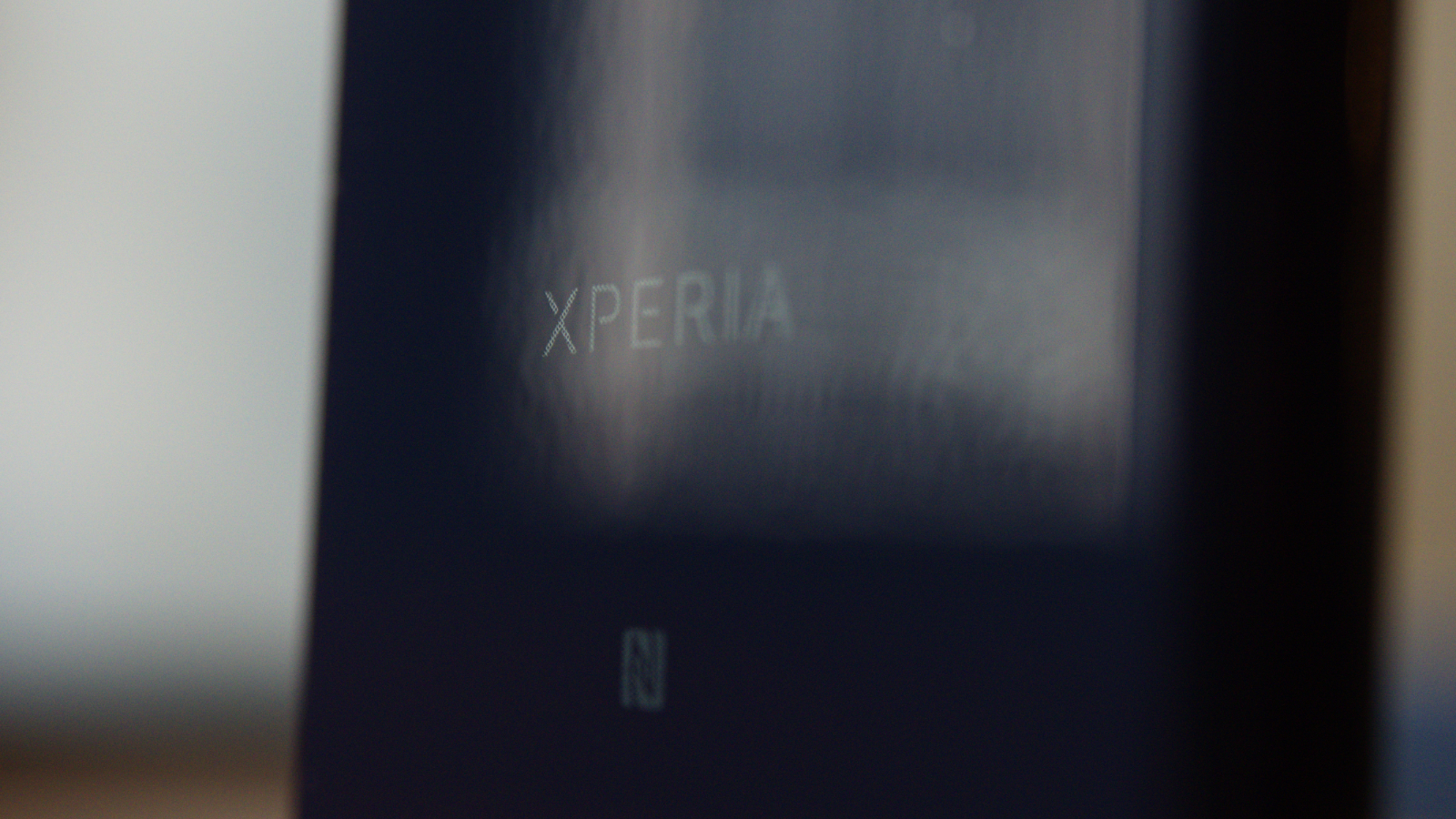
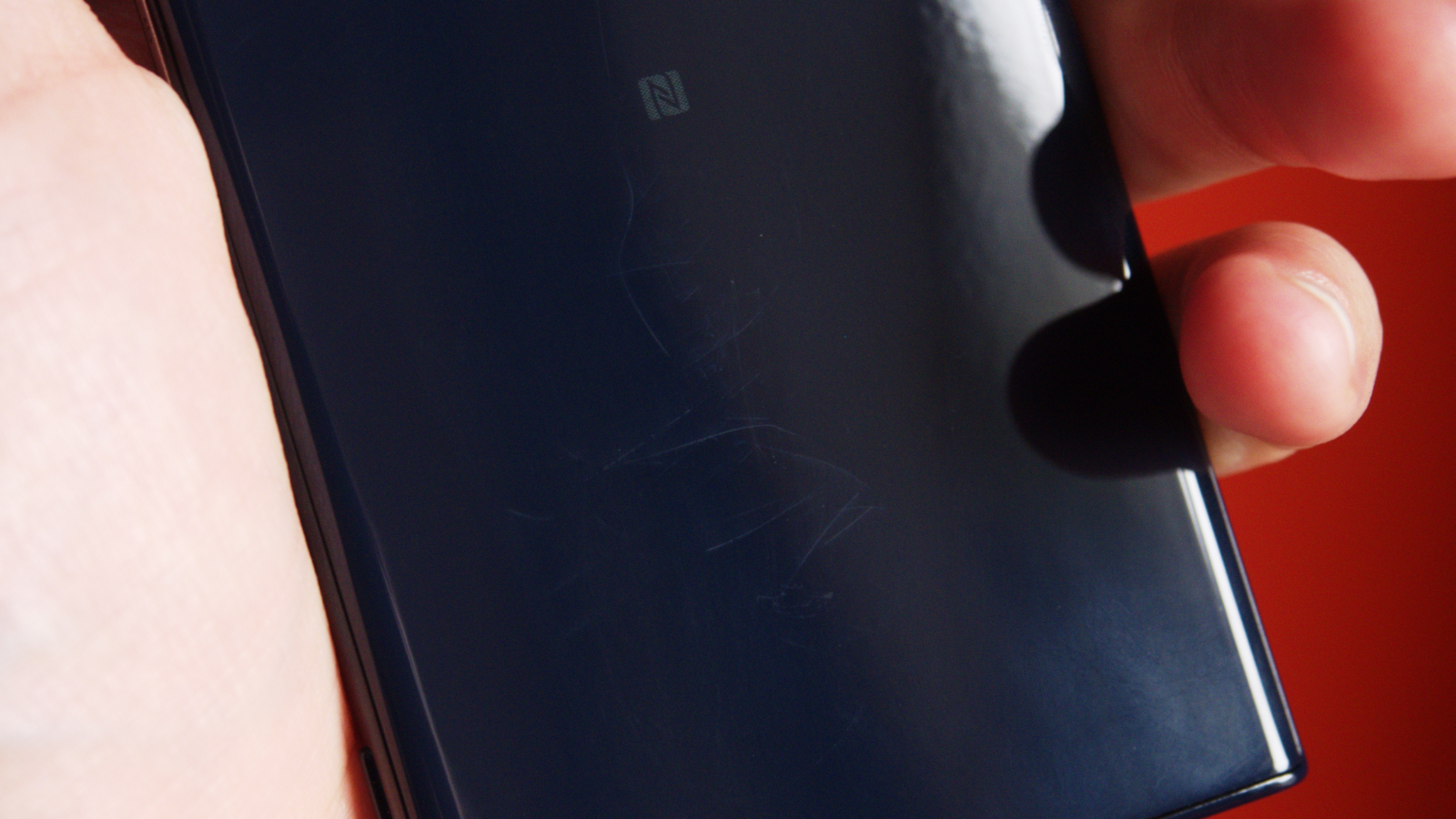
Sony's Xperia X Compact rocks two front-facing speakers, a selfie camera and a slim bezel. Taking a tour around the phone, the top is where you'll find the 3.5mm jack. On its other flat end, Sony has opted for USB-C, which has resulted in a thicker chin bezel due to the longer internal section of the port.
Like the Sony Xperia X Performance, and other X-series phones, this one has a microSD and SIM card slot on the left side. It also has the same lineup of buttons on its right side, including the power button, volume rocker and camera capture button. Compared to other phones that usually place the most frequently used buttons near where the index finger rests, Sony has placed them awkwardly near the bottom. Even on a small phone like this one, you'll likely fumble to make what should be a simple adjustment.
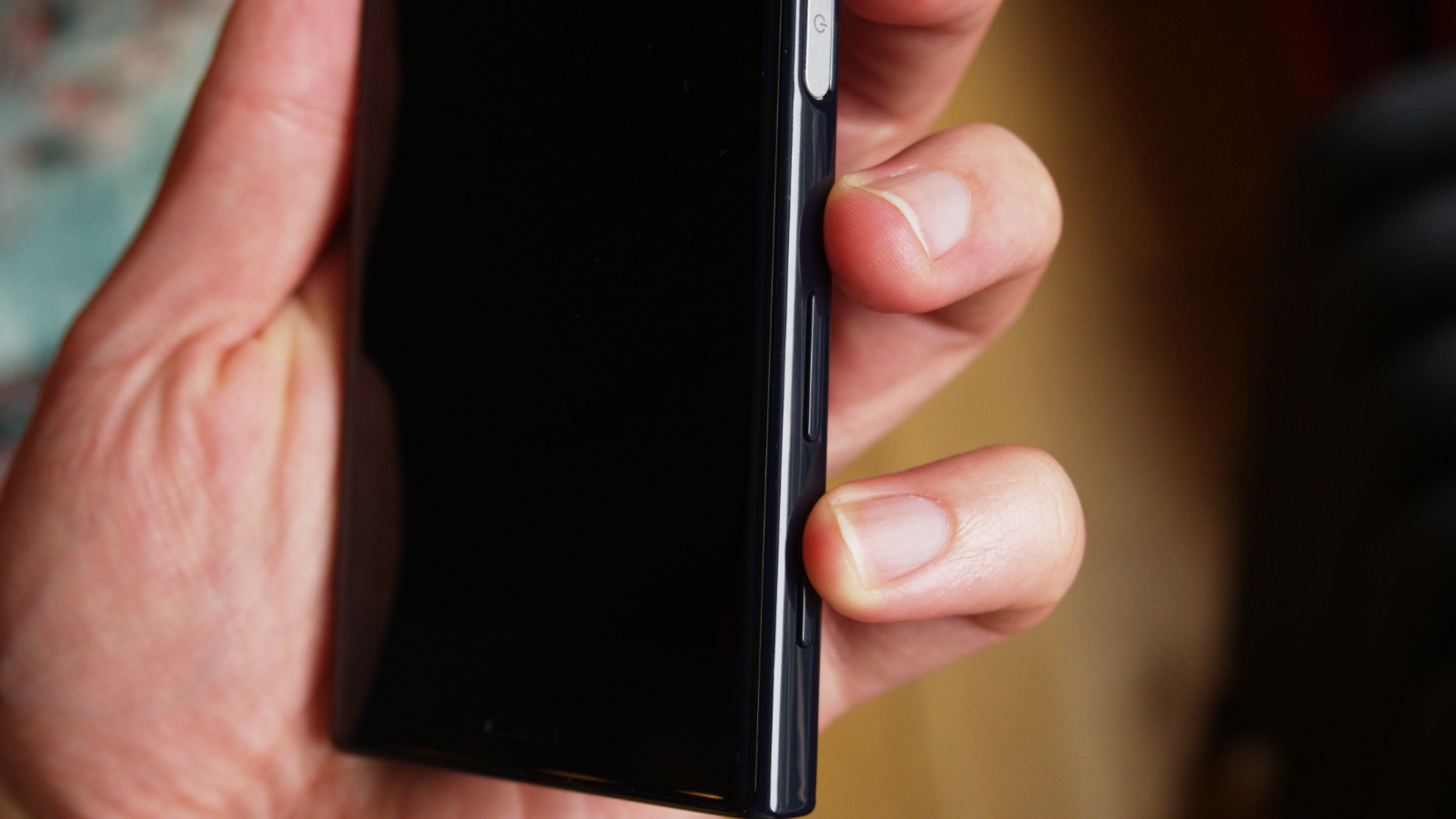
If you buy one of these outside of the US, the power button will double as a fingerprint sensor. However, Sony has decided to, once again, strip this feature from the US release. If you're curious why the company made this choice, check out this piece and let us know if the fingerprint sensor (or a lack thereof) influences your purchase decision.
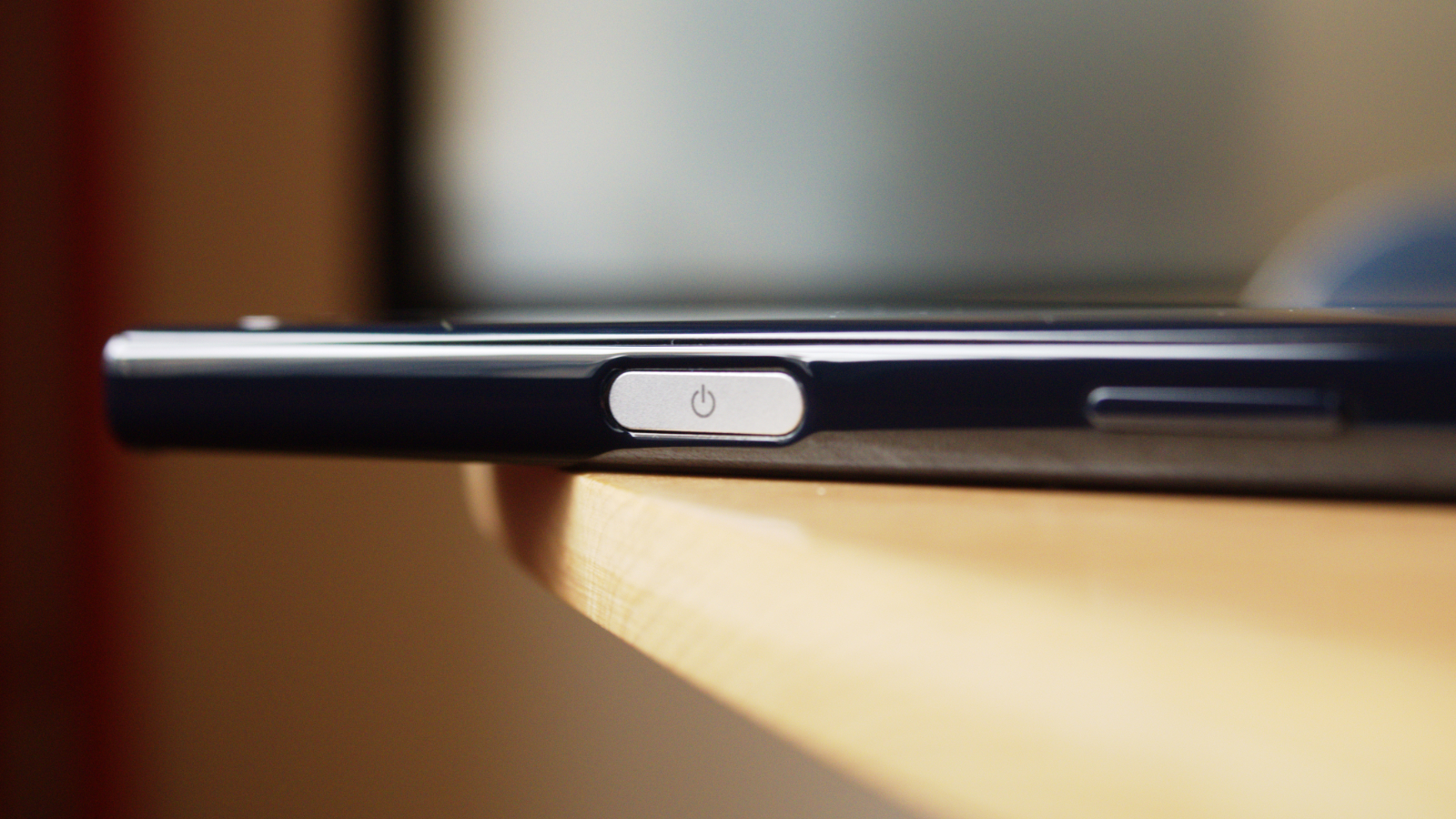
As you can see, the Sony Xperia X Compact has a lot in common with other Sony phones. It only makes sense. But what doesn't make sense is that it lacks another signature feature: waterproofing. According to Sony, this phone isn't even water resistant. It's a strange turn for Sony's compact line, which just last generation was fully resistant to dust and water.
Cameron is a writer at The Verge, focused on reviews, deals coverage, and news. He wrote for magazines and websites such as The Verge, TechRadar, Practical Photoshop, Polygon, Eater and Al Bawaba.
